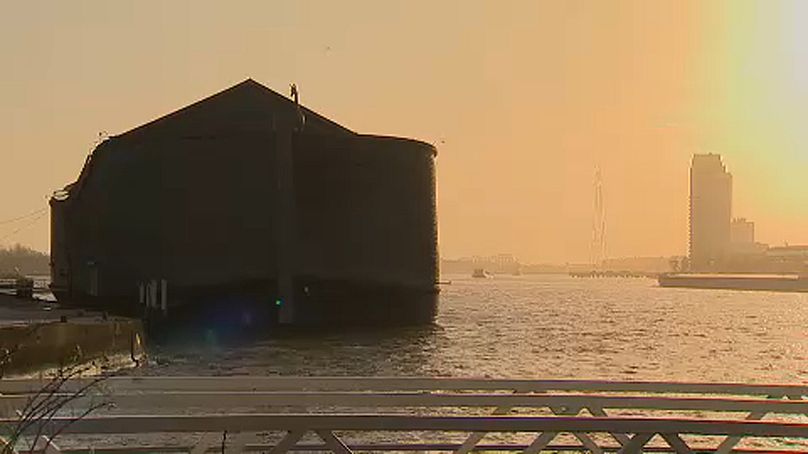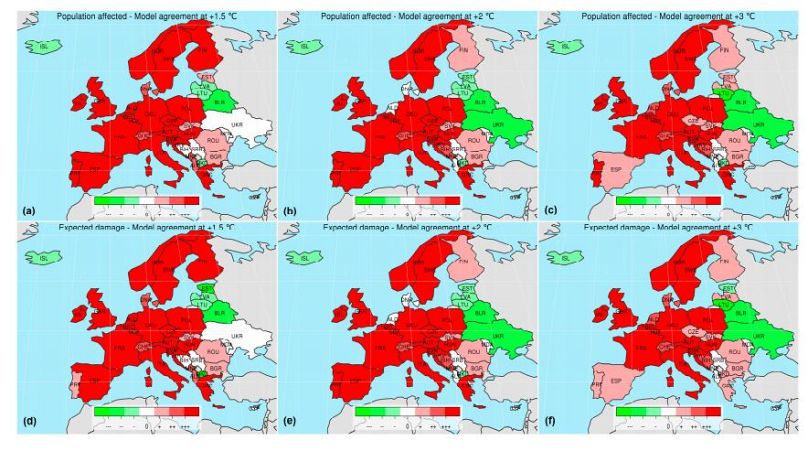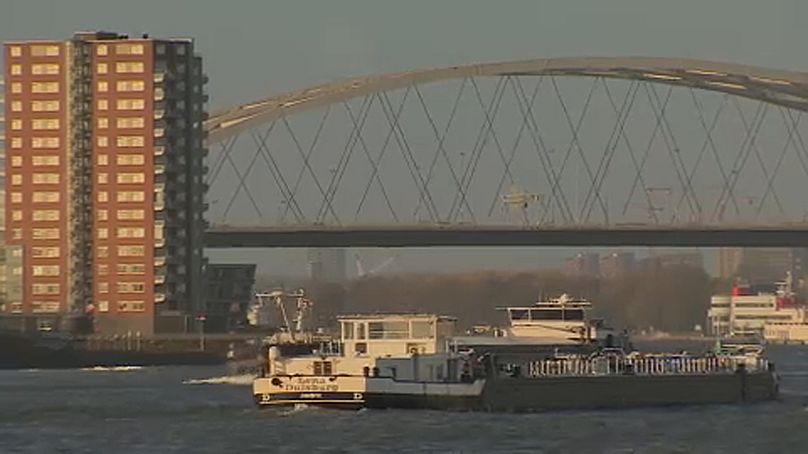A Dutch carpenter reproduced the ark, by following the instructions contained in the Old Testament. He warns that there will be new floods
The Biblical adventure of Johan Huibers
Can Bible verses be inspiring in fighting climate change?
Maybe. In the Netherlands, a carpenter has embarked in a spectacular adventure. Following the instructions in the Old Testament, he built the faithful copy of the Noah's Ark.
Johan Huibers had the idea after having a nightmare about a great flood devastating his country."When I was 24 years old I became a believer and when I dreamed of the flood, the next day I said to myself:" What can I do? I have to build an ark to talk about God".
Johan affirms that the holy scriptures talk about other flooding coming, but he is convinced that global warming is a natural process, on which human activity has little impact.
"This is a process that started after Noah, 4000 years ago - he explains - and will continue: it will get hotter and hotter. The same goes for the oceans and their level will rise. You can call it global warming if we want, but it is something absolutely normal: human activity has nothing to do with that: it is the volcanoes, the earthquakes and the natural events that are responsible for the heating. I do not know what will happen in the next years, but surely other floods will come".
The vessel has a religious purpose to teach the story of the Bible. It is 122 meters long and 23 meters high. It can host 4000 people and 15.000 species of animals.
Risk of flooding in Europe
Building an ark to survive a great flood might seem a little bit odd. Nevertheless, the risk of new flooding is more realistic than ever: global warming is already upsetting the climate and things might get worse in the future.
According to a recent study led by the European Commission's Joint Research Center, and the University of Exeter, Western and Central Europe will be subject to greater river flooding in the coming years.
Lorenzo Alfieri, researcher, and co-author of the study explains that he conducted a simulation on possible scenarios until 2100.
"Global warming increases the amount of water in the atmosphere and increase rain activities. On the top of that, we have to take into consideration the melting of glaciers and snow: they use to release water very slowly, but if they melt then we have a lot of water reaching the valleys in a short time".
The situation is different for the south, which might see drought: "We can expect an extremization of the climatic activities: there could be periods of drought, alternating with intense rains".
The risk of river flooding is also complemented by the rise in sea level for countries that have long coasts.
According to the scientific community, the effects of global warming will be inevitable. Jaap Kwadijk, Hydrology and flood management expert, says that the scale of the damage depends on how many degrees the world will heat up.
”What we think is that 1.5 degree is adaptable and maybe 2 but beyond 2 we simply don't know if we are able to adapt. It could be that areas such as Antarctica could become unstable and shift more quickly into the sea and lead to incredible sea level rise".
Experts urge cities to adapt their urban infrastructure to deal with rising water levels.














